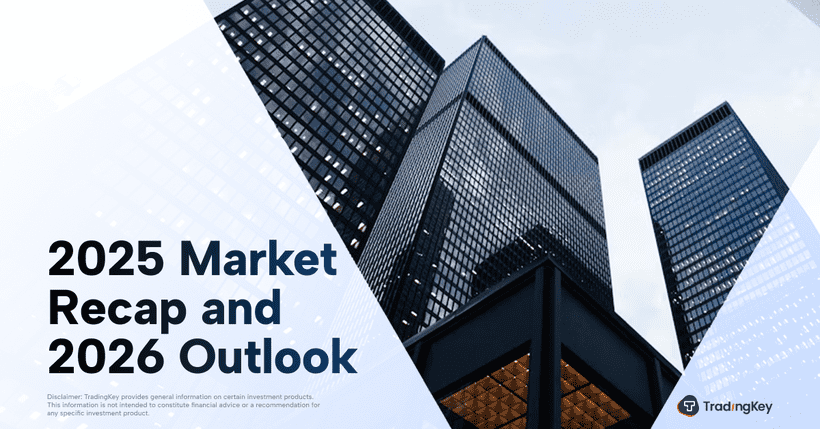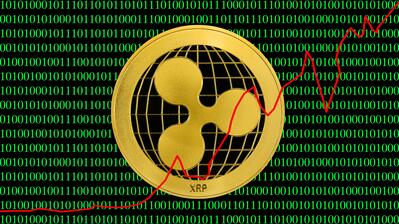Can U.S. Stocks Keep Rising? Wall Street Voices Growing Divergence

TradingKey - After the S&P 500 Index hit a record high of 6,329, several major Wall Street banks have issued stark warnings. Morgan Stanley, Deutsche Bank, and Evercore ISI all cautioned this week that market valuations have entered overheated territory, and combined with weakening economic data, a 10% to 15% correction could unfold in the coming weeks or months.
Analyst & Institutional Commentary
Mike Wilson, Chief Investment Officer at Morgan Stanley, said that tariff pressures are impacting both corporate and household finances, and predicted a "moderate pullback" this quarter. Deutsche Bank analysts noted that the market has climbed for three straight months, and that a technical correction is long overdue.
Technical indicators support their concerns. The S&P 500’s 14-day Relative Strength Index (RSI) recently surged past 76, well above the overbought threshold of 70. Meanwhile, options market data shows that the cost of hedging against a sharp decline has risen to its highest level since the 2023 banking crisis, reflecting heightened investor anxiety.
Still, not all institutions are bearish. HSBC recently raised its year-end target for the S&P 500 from 5,600 to 6,400, citing strong corporate earnings and easing policy uncertainty, sending a clear bullish signal. This stance contrasts sharply with other more cautious forecasts and underscores a widening split in market sentiment.
Despite a rising tide of short-term bearish sentiment, many analysts continue to recommend buying on dips. Evercore ISI’s Emmanuel believes the long-term AI-driven bull cycle remains intact, with mega-cap tech stocks still leading the charge.
Deutsche Bank noted that historically, the S&P 500 sees corrections of more than 5% every 3 to 4 months, calling such pullbacks “normal.” Morgan Stanley’s Wilson added: "We’ll be buyers into the correction."
Politics Enters the Market Narrative
Market sentiment is also being influenced by political developments. Donald Trump has become increasingly active on his Truth Social platform, frequently commenting on market movements. On August 4, following a major S&P rally, Trump posted that “America is very rich again” and predicted “many more days like this .”
This was not the first time: back on April 9, hours before announcing a suspension of his “reciprocal tariffs” proposal, Trump declared it was a good time to buy stocks. The market responded with a 9.5% surge, recovering roughly $4 trillion in market cap.

On August 5 (ET morning), Trump stated that he is considering another presidential run, but “might not go through with it.” This added layer of political uncertainty could inject further volatility into the market.
At this juncture, Wall Street finds itself caught between valuation concerns and political intervention. With economic fundamentals softening and technical indicators flashing red, the continuation of the current rally may depend less on earnings growth and more on how political narratives unfold in this election year.







